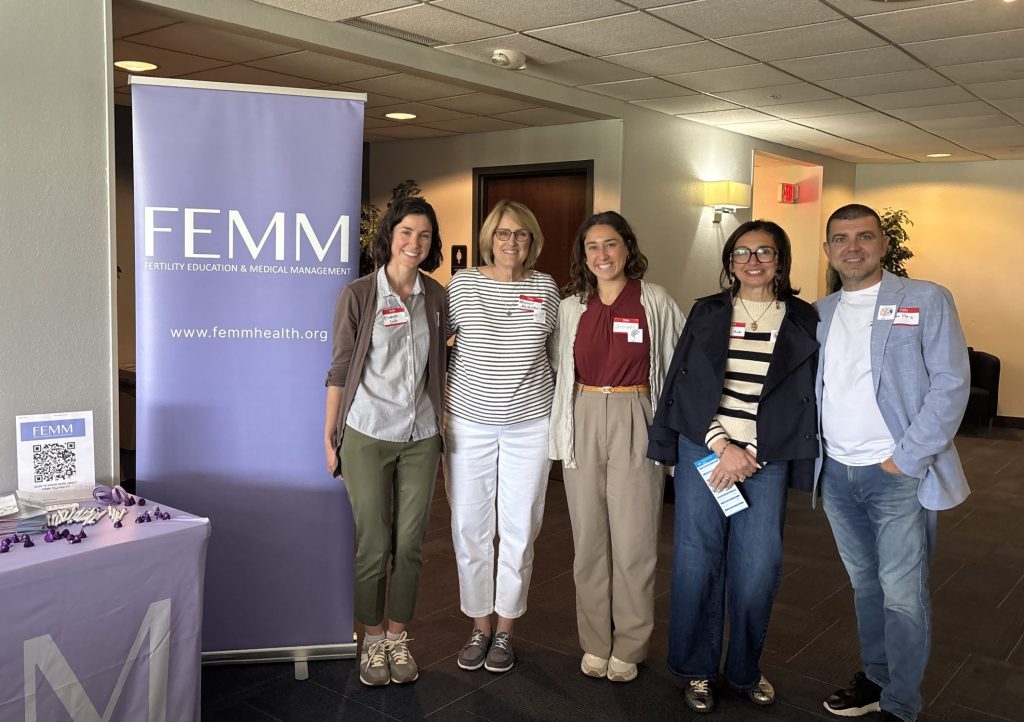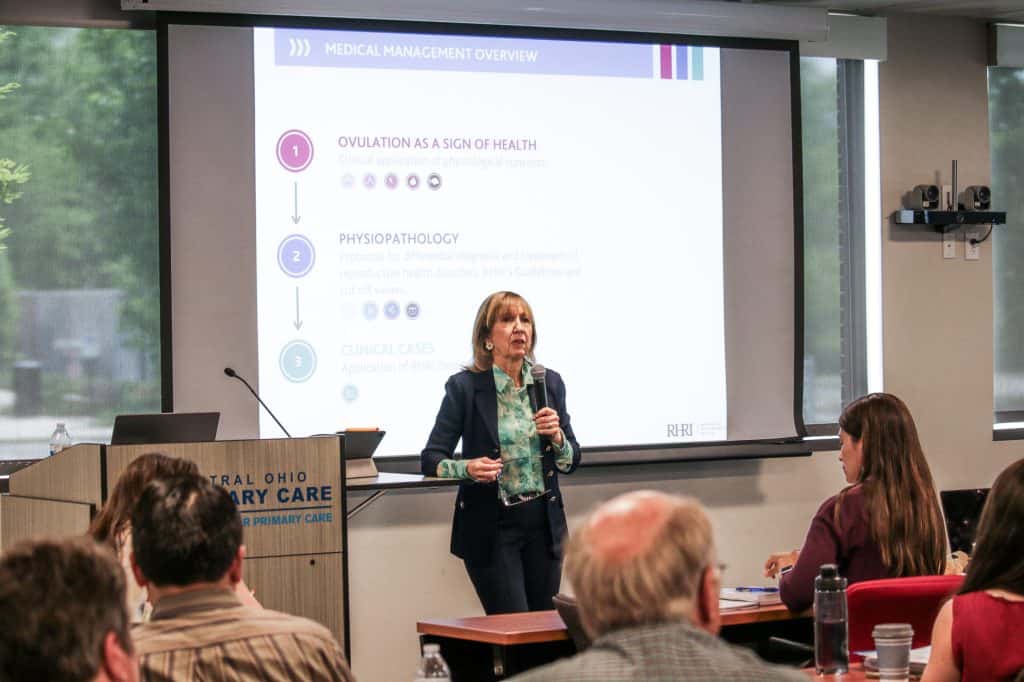Author: Pilar Vigil MD, PhD, FACOG.
Contributors: Juan Pablo del Río MD, PhD, Hugo A. Soto MD, Camila P. Contreras CPM, María M. Rodríguez BEd, DipEd, Miguel del Río BEc, Felipe G. Serrano BSc, MSc.
Illustrations & Design: Magdalena B. Gutiérrez, Felipe G. Serrano.
Abstract
Introduction: Ovulation is the major event of the menstrual cycle. It requires a series of coordinated hormonal events to occur and it shows an adequate activity of the hypothalamic-pituitary-gonadal axis (HPG). In this sense, women should care about it as a sign of health (Vigil et al., 2017). The occurrence of ovulation is an activity that begins in adolescence and continues throughout a woman’s reproductive life until menopause. Thus, the study of ovulation is a powerful tool in order to assess women’s health status. The pattern of ovarian activity can undergo relevant changes during a woman’s life: this is known as the ovarian continuum (Brown, 2010). This term explains the different variations in ovarian activity, that start during intrauterine life and are observed throughout the life of a woman in response to different physiological, behavioral and environmental conditions. According to this concept, under certain physiological conditions such as pregnancy or breastfeeding, an anovulatory state is considered a normal ovarian activity within the continuum (Brown, 2010; Pérez, 1998). Also, some periods of irregular ovulation, such as puberty and perimenopause, can be considered as part of a physiological transition. Nonetheless, certain pathological conditions can disrupt ovulation, such as unhealthy lifestyle habits, stress, endocrine abnormalities, gynecological disorders, autoimmune disorders, genetic disorders, drugs (as hormonal contraceptives) and iatrogenic causes (Vigil et al., 2017). Women can use different approaches in order to identify the occurrence of ovulation. The use of biomarkers, as cervical mucus, helps women to identify ovulation and, therefore, their health and well-being of women. RHRI has been able to meet this need, but further support is needed in order to continue research and spread this knowledge within healthcare providers.







